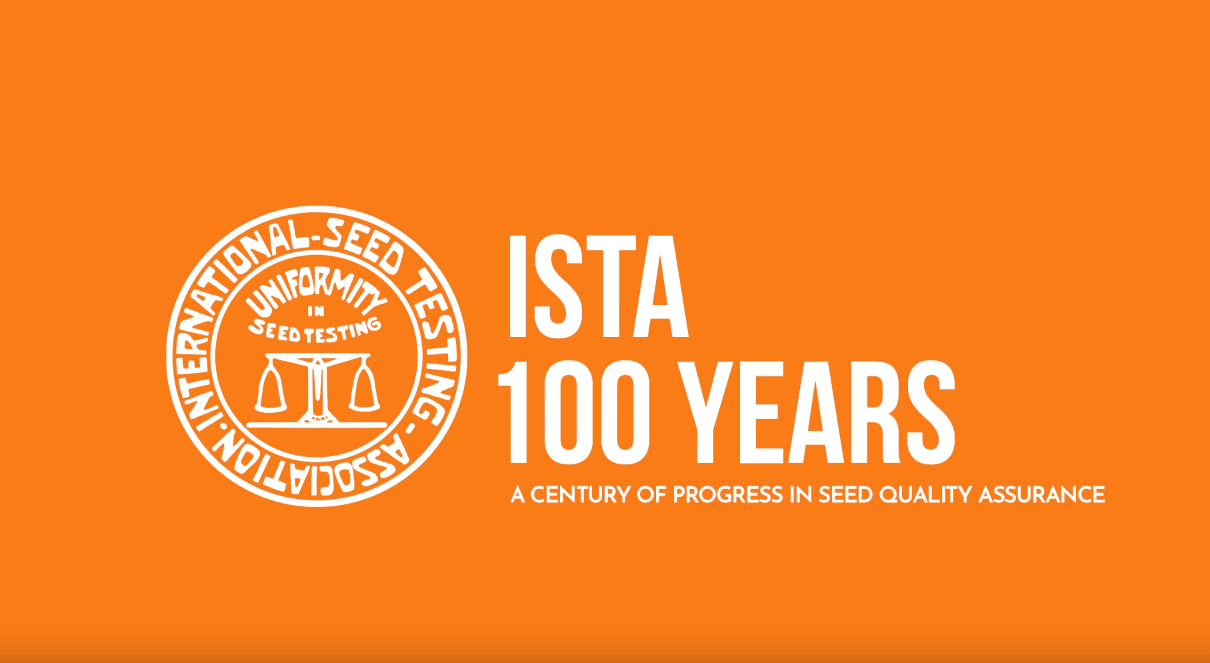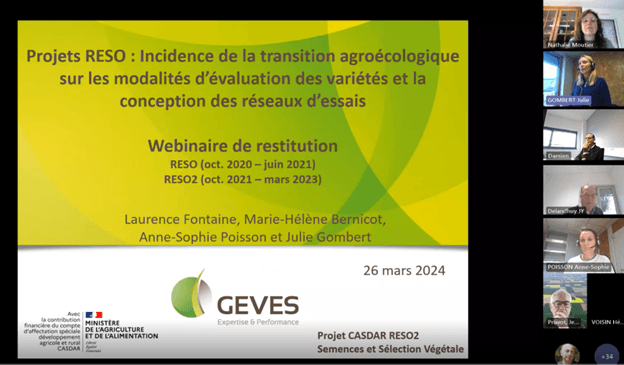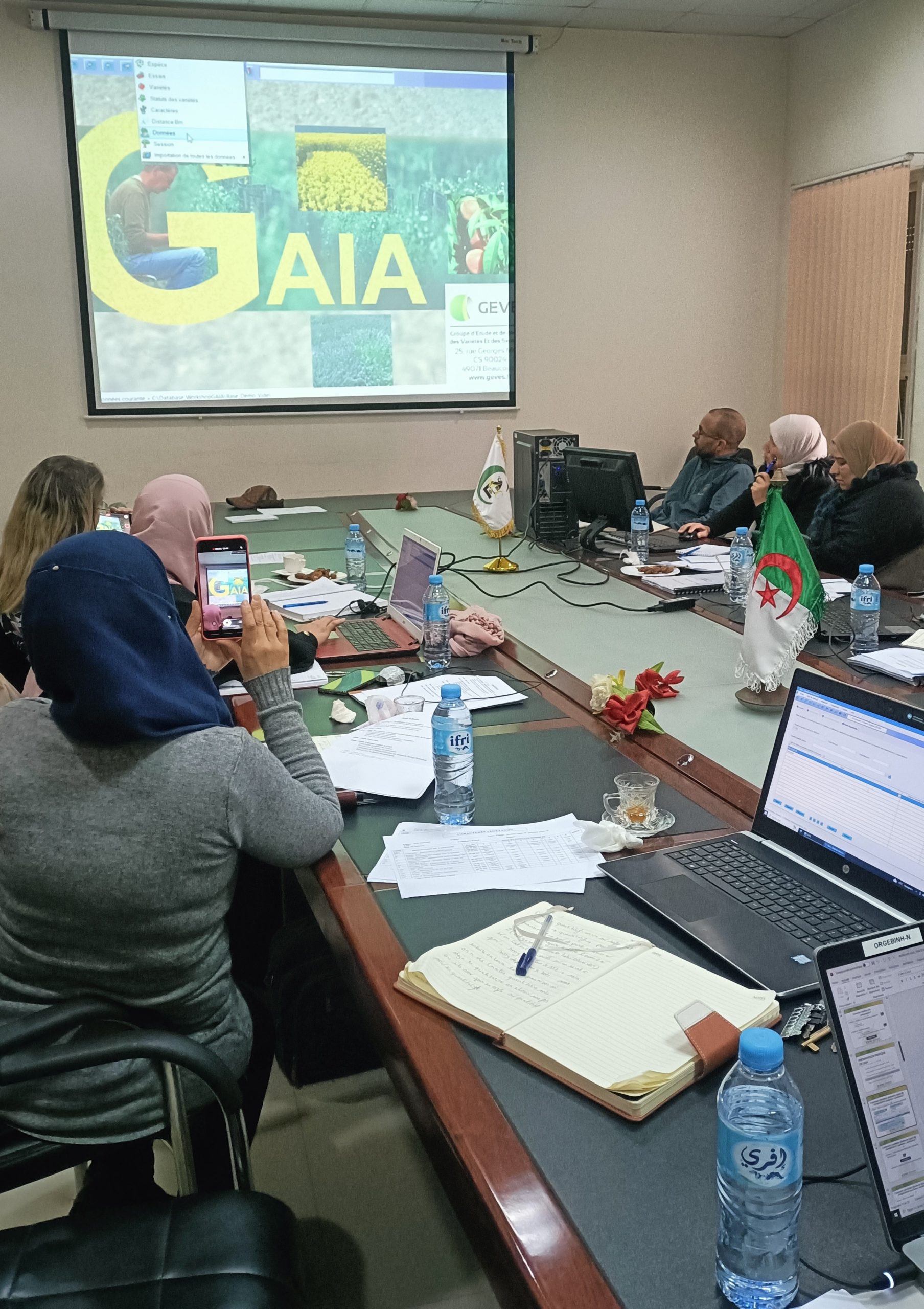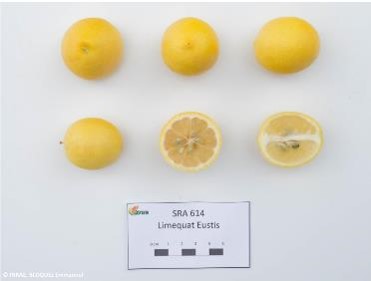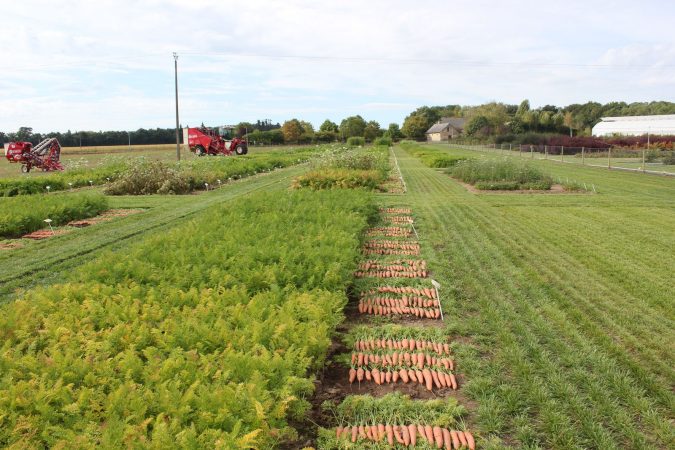
Adapting old vegetable varieties to new modern production conditions
For old varieties known before 1970 mainly of cross-pollinated species, Directive 2002/55/EC and the previous Directive of 1970 on the marketing of vegetable seeds have made it possible for more than 40 years to breed within these varieties with a fairly broad definition, a subset based on one or more criteria and to disseminate them according to specific methods.
This is how market gardeners can choose varieties such as the carrot “Nantaise améliorée 2 – Tip Top” or the beetroot “Détroit 2 – Drako” or the plain endive “Grosse Bouclée 2 – Stratego“. From the example of the carrot, it is understood that the subset called “Tip Top” has been bred within the old variety “Nantaise améliorée 2”.
In regulatory terms, EU legislation refers to these subsets of an old variety known before 01/07/1970 as “conservative breeds“. French legislation has defined a more precise name for these “conservative breeds” through “races”. As it is a subset of a variety, a race (French wording) cannot be the subject of a Plant Variety Right.
This line of breeding recognised by European and French legislations thus allows these old varieties of vegetables with strong heritage and use values (to which many vegetable producers and hobby gardeners are attached to) to adapt to contemporary agricultural methods. They can be bred by massal breeding while remaining within the identity typology of the old variety. This internal breeding can focus on resistance to bolting, faster head production, less sensitivity to certain physiological imbalances (“black ass” in tomatoes,…), etc.
Concerning the regulatory management of these races, the following points allow to balance the operational maintenance needs of seed companies and a minimal degree of information for authorities and stakeholders along the seed chain:
- maintaining establishments must inform the CTPS / GEVES (i.e. the Technical Secretary) concerning the distribution of the breed(s) associated with their original old variety.
- for a given old variety, only seed companies recognised as official maintainers of the old variety of origin may register and disseminate “races“; consequently, the dissemination of one to several « races » per old variety by a seed company is subject to the successful completion of official maintenance controls relating solely to the old variety of origin,
- in technical terms, a “maintenance breeding” or “race” must remain in conformity with the description of the original variety; it may differ slightly from it, but remain within the scope of the variety definition, which the CTPS Section has transcribed as “remain in conformity during a variety control”,
- it is permitted to mention on the seed label such a maintenance or breed by indicating the name of the old variety of origin as well as the name of the race so that the name of the race is not more visible than the name of the variety of origin.
A list of races by old variety is updated by the CTPS on the basis of declarations from seed companies recognised as official maintainers.
Each seed company is invited to communicate to the Technical Secretary of the CTPS Vegetables Section the races it distributes as well as their variety of origin.
Establishments are thus free to distribute as many races per old variety as they wish, provided that they have provided a seed lot of the old variety, which complies with the standard kept at GEVES.

